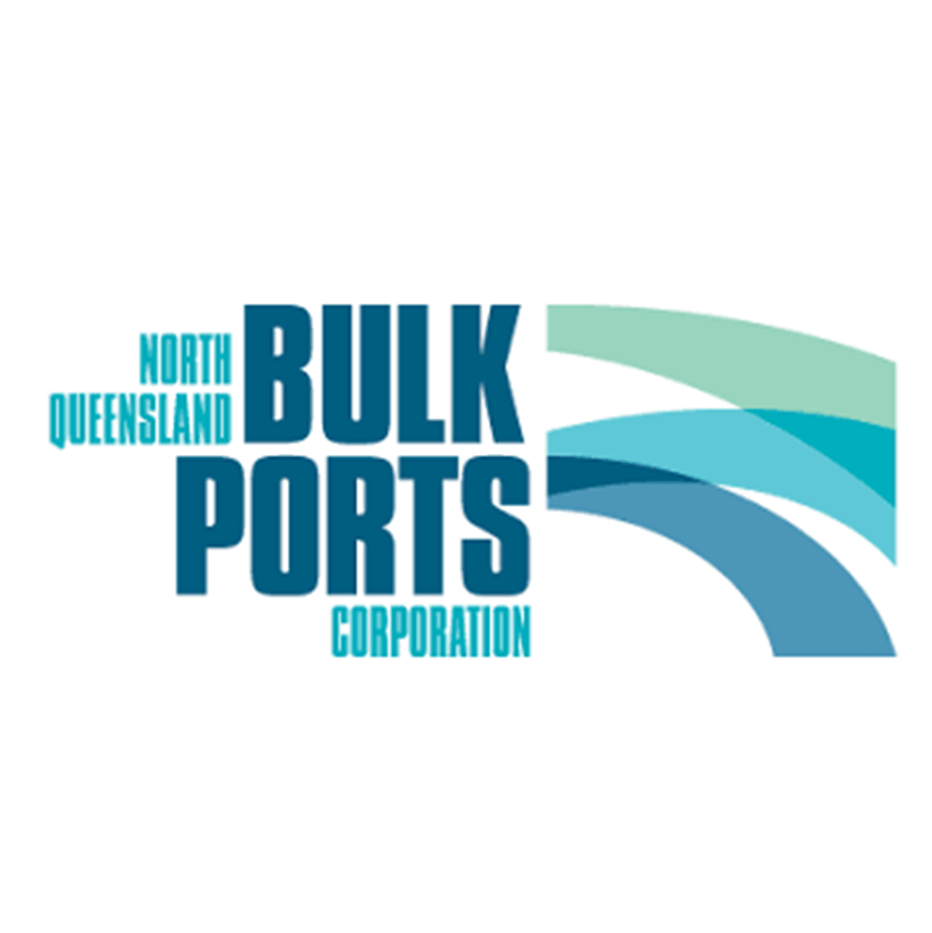22 September, 2021
Industries
Client
North Queensland Bulk Ports
Disciplines


The maintenance of port depths sufficient to accommodate the safe and efficient operation of vessels is a core responsibility for all port authorities. North Queensland Bulk Ports (NQBP) is currently undertaking a Sustainable Sediment Management assessment for the Port of Mackay to determine the best long term approach to sediment management. NQBP engaged Synergies to assess the economic impacts under the scenario in which regulatory approval for maintenance dredging was not secured, including the impact on shipping operations and trade at the port and implications for relevant supply chains and the broader economy. The analysis quantified the economic impact of the cessation of maintenance dredging, including increased vessel delay costs; increased supply chain costs (road, rail and environmental externalities); foregone regional economic output and employment.
Maintaining safe and efficient port access is crucial to thousands of businesses and communities that depend on a seamless flow of goods through key gateways in North Queensland. Critically, each of NQBP’s ports are located in highly sensitive environments, with three located in a World Heritage Area. Reflecting this, NQBP aims to take a leading approach to sustainable port management.
NQBP developed a Sustainable Sediment Management (SSM) assessment, which is an innovative approach to assessing sustainable approaches to managing sediment. A key component of the SSM assessment is to understand the economic impacts of the accumulation of sediment and subsequent loss of depth within existing seafloor navigational infrastructure within the Port.
Assessing the economic impacts attributable to a loss of port depth requires detailed consideration of the implications for each trade handed through the port. This includes direct impacts at the port and flow-on impacts throughout the relevant supply chains and, where applicable, other industries in the wider economy.
Optimising the sustainability of dreging requires quantification of the benefits of the activity or conversely, the costs of inaction; three adverse economic impacts were identified under the ‘no maintenance dredging’ scenario:
Synergies used a range of economic tools to assess and quantify the economic impacts where no maintenance dredging is undertaken at the Port of Mackay.
NQBP vessel presentation data was assessed to develop long-term vessel projections for each trade at the Port of Mackay. This also involved 20-year forecasts to be developed for each trade in consultation with NQBP.
Identifying the impact of reductions in port depth on a trade-by-trade basis required analysis of tidal data given vessel navigation paths, required depths, and the outcomes of an engineering assessment on annual reductions in the depth of port areas under the ‘no maintenance’ dredging scenario to identify:
The detailed tidal data analysis enabled precise estimates to be derived in terms of the increase in average vessel delay time.
The demurrage costs associated with the estimated delay times were quantified using Synergies’ proprietary house shipping model. This model includes unit rates for bunker and charter costs, based on current and historic information and industry sources.
The constraint analysis identified that, for six trades, at some point in the 20-year evaluation period, the trades would no longer be able to access the Port of Mackay and would divert to an alternative port and supply chain.
Increased supply chain costs were quantified using Synergies’ proprietary shipping, road and rail models. These models quantify additional monetary and non-monetary costs (externality costs) incurred at each stage of the supply chain. Based on a trade-by-trade assessment of alternative supply chains, additional road costs were identified as accounting for the majority of the increased supply chain costs incurred under the ‘no maintenance dredging’ scenario.
Road costs consists of operating cost, value of time, and crash costs and externality costs primarily sourced from the Queensland Department of Transport and Main Road’s Cost Benefit Analysis Manual, Freight Metrics, BITRE and other publicly available sources.
Finally, for two commodities – refined sugar and ethanol – consultation with NQBP and industry stakeholders revealed that the loss of access to Port of Mackay would result in the production of these commodities no longer being commercially viable.
Quantification of the economic impact associated with this loss of production involved the application of Synergies’ non-linear input-output model to estimate the loss of economic output, Gross Regional Prodcut, labour income, and employment (FTEs) attributable to the foregone production.
The quantitative analysis detailed above produced the following outputs:
The analysis demonstrated that a failure to complete maintenance dredging at the Port of Mackay would not only impose additional costs on shippers but would also result in adverse environmental impacts and a contraction in the regional economy. Critically, the ‘no maintenance dredging’ scenario leads to a significant increase in heavy vehicle usage on regional roads.

Synergies has a highly skilled team and demonstrated a detailed understanding of supply chain economics in a port setting. Synergies developed a fit-for-purpose and practical approach to achieve our project scope. The team was well organised, ensured they clearly understood the project purpose and delivered a high quality well written report on time and within budget.
Odette Langham North Queensland Bulk Ports